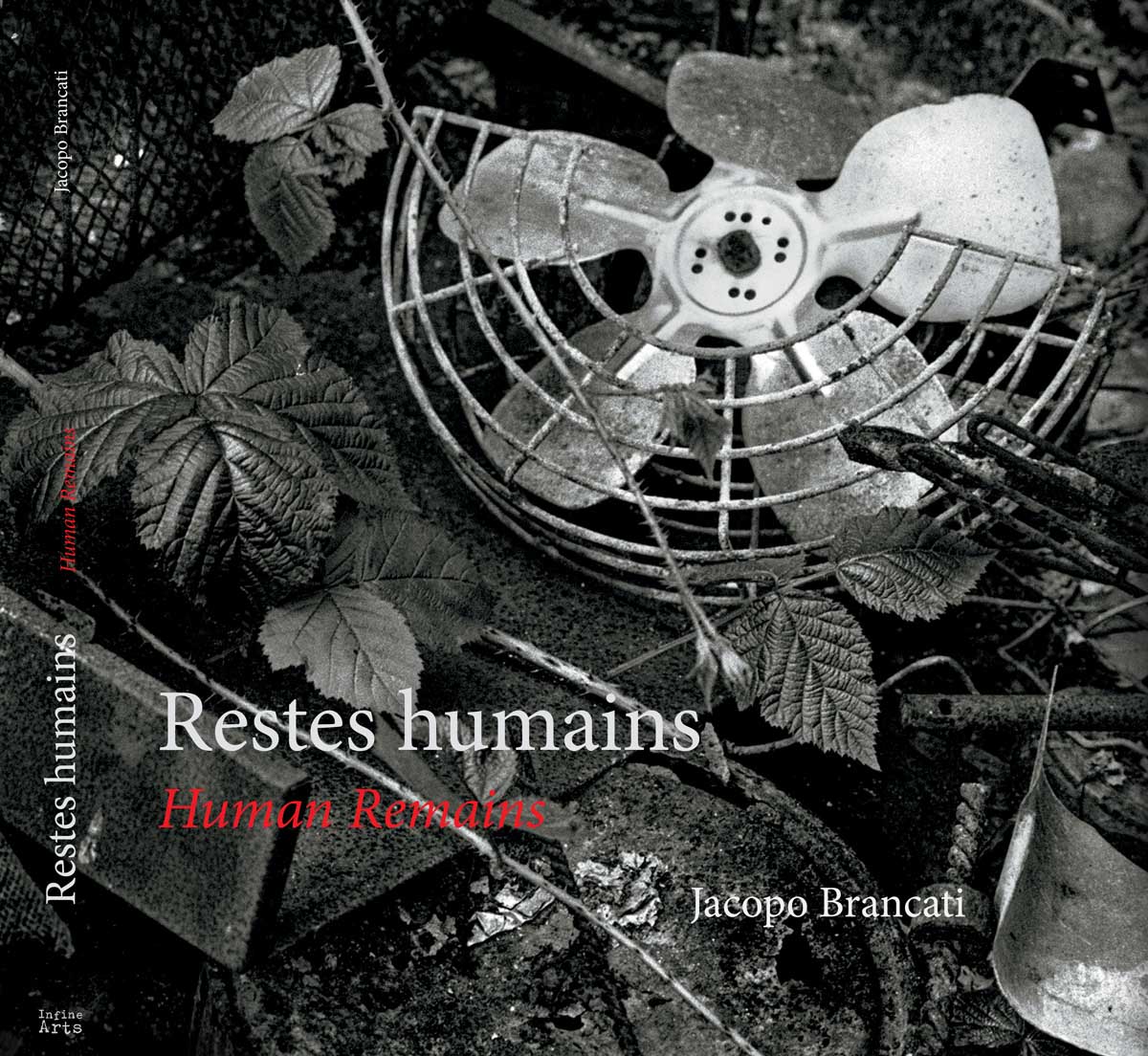June. Rain.
July. Rain.
August… Rain again.
The days were all the same.
What to do in Paris during a summer as rotten as that of 2007? My wife had already been working abroad for several months. I felt lonesome and I was doing my best to keep on carrying on when the phone rang somewhere in my empty apartment…
It was my friend Gilles, a former photo reporter, who was asking me to join him for a walk into a forest on an island. “It’s a special place,” he said. “Take your camera”. The sky outside my window was as grey as the Parisian roofs…
It is known that practicing photography can heal wounds, so I grabbed my Nikon F4e, a roll of Kodak Tri-X 400 and rushed to the metro station. The noisy train ran fast to my destination, westward to the edge of Paris. When I arrived, Gilles was waiting for me at the end of the quay.
The island of Chatou, also known as l’Isle Fleurie, is is a strip of land lost amidst the waters of the River Seine, downstream from Paris and almost at the gates of the metropolis.








Over the years, several generations of artists have fallen under the charms of the island, especially the Impressionists, attracted by the light so particular to the river. At the turn of the 19th century, Parisians rushed to the guinguettes, dreaming of a carefree life, made of music and dance, mirth and absinth.
Human groups repeatedly attempted to settle on its northern end. Chasing a dream of freedom and independence, travellers built small cabins, ploughed orchards and sowed fruit trees, although all were chased away from their modern “Hortus conclusus”.









Utopia was ultimately shattered, its earthly shape disowned. Man left the remains of his dreams behind on Chatou. Fragile dwellings, tools, personal belongings: the island kept them, a kind of “horrible garden” covered with lush, wild vegetation.
Upon meeting, Giles and we walked for an hour before we started speaking. Then, sitting at a small table at the Maison Fournier, one of the historical guinguettes of Chatou, we had a strong coffee before starting our trip into the island’s lush vegetation.

Gilles had his camera and a pair of garden shears. I discovered later why such a tool would be necessary. The summer temperatures and the rain had made the vegetation grow like crazy; unbelievably thick and tall. The path to the lost villages of Chatou was gone.

Our promenade became then a daily meeting and a valuable adventure. The hidden part of the island was a dark place, the trees were tall and strong. I was barely able to use ISO 400 handheld but through that Summer, that’s what I did. In the heart of Chatou, a mysterious and forgotten world was waiting for me. And in that shadow, I had to find the light. I had to get “out of the tunnel”.
In photographic terms, I had to take beauty out of decay. The result, a book in both French and English, is available at Blurb.
~ Jak
Note: A portion of the text in this article was adapted from an original foreword by Sonia Olcese.








2 responses to “Featured project: Human Remains / Restes humains”
So amazing!
Wonderful story, wonderful photos and an excellent example of what you can find if you just look. Thank you.